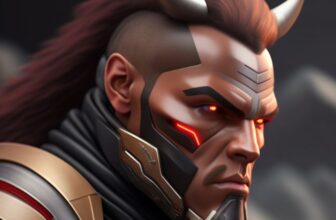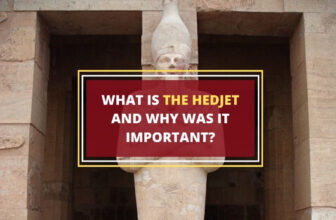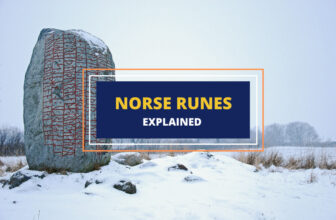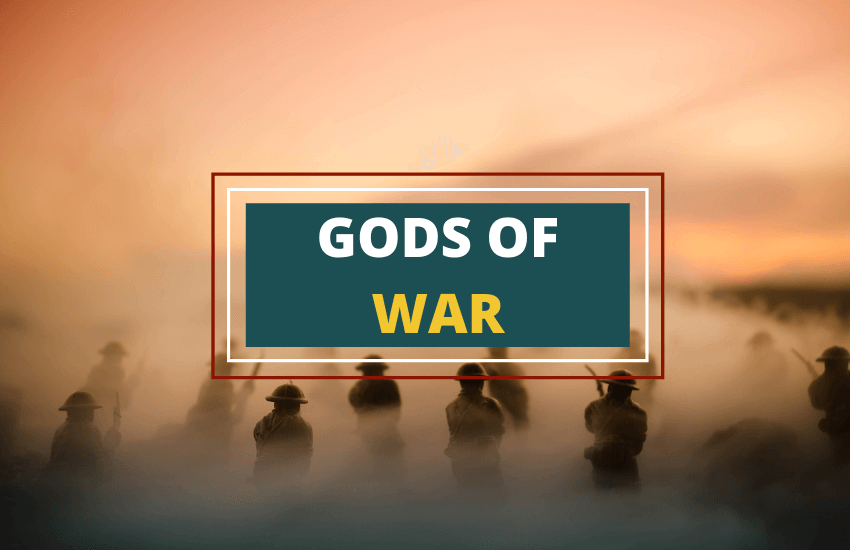
Table of Contents
Throughout history, war was considered a way of life and its various nuances and expressions were generally believed to be determined by the actions and moods of patron deities. While polythiestic religions tended to have patron gods of war, monotheistic religions typically demanded that the religion be spread through war. What this shows is that war tended to be an essential part of a religion.
In this article, we will be exploring a list of the most popular gods of war who influenced war and bloodshed in various mythologies.
Ares (Greek God)
Ares was the main god of war in Greek mythology and one of the least liked deities of the Greek pantheon, because of his wild character. He represents the untamed and violent aspects of slaughter and brutal warfare, i.e. war for the sake of war. Ares was the son of Zeus, the supreme god and Hera, but even his own parents weren’t fond of Ares since he had a quick temper and an unquenchable thirst for ward and bloodshed.
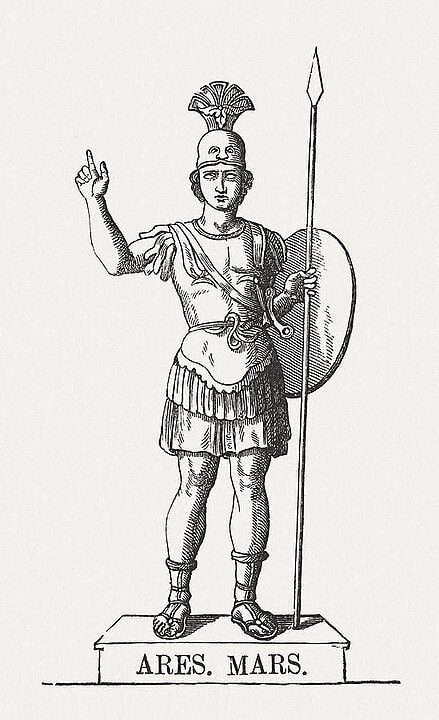
There are many famous myths which tell of how Ares seduced Aphrodite, the goddess of love and beauty, how he fought with the Greek hero Heracles and lost and how he angered Poseidon, the sea god by killing his son. All these show the untameable and wild side of Ares.
Belatucadros (Celtic God)
Belatucadros was a powerful god of war in Celtic mythology, often identified with Mars, his Roman equivalent. He is known by inscriptions left by the Roman soldiers on the walls in Cumberland. They worshipped Belatucadros, giving him food and making sacrifices to him. By looking at the small and simple altars that were dedicated to Belatucadros, it’s said that those of socially low status worshipped this god.
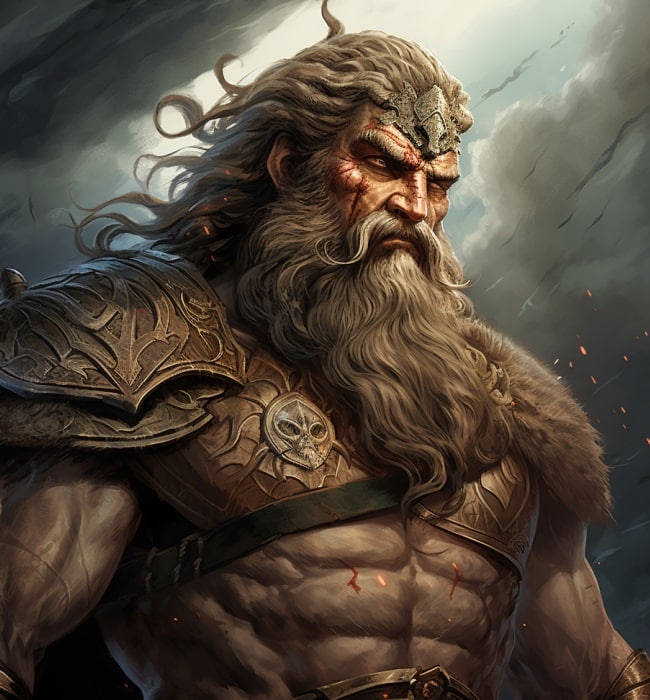
Not much is known about Belatucadros since most of the stories about him were never written down but spread by word of mouth. He was typically depicted as a man wearing full armor with horns and his name has never appeared with a female consort. Although he’s one of the lesser-known war gods, he was one of the major Celtic deities.
Anahita (Persian Goddess)
Anahita was an ancient Persian goddess of war, wisdom, health, healing and fertility. Because of her association with life-giving properties, Anahita became closely connected with war. Persian soldiers would pray to the goddess for victory before a battle. She was associated with many other powerful goddesses belong to other civilizations and in comparison to other Persian goddesses, she had the largest number of shrines and temples dedicated to her name. She is most often portrayed as a young woman with a diamond tiara, dressed in a golden cloak.
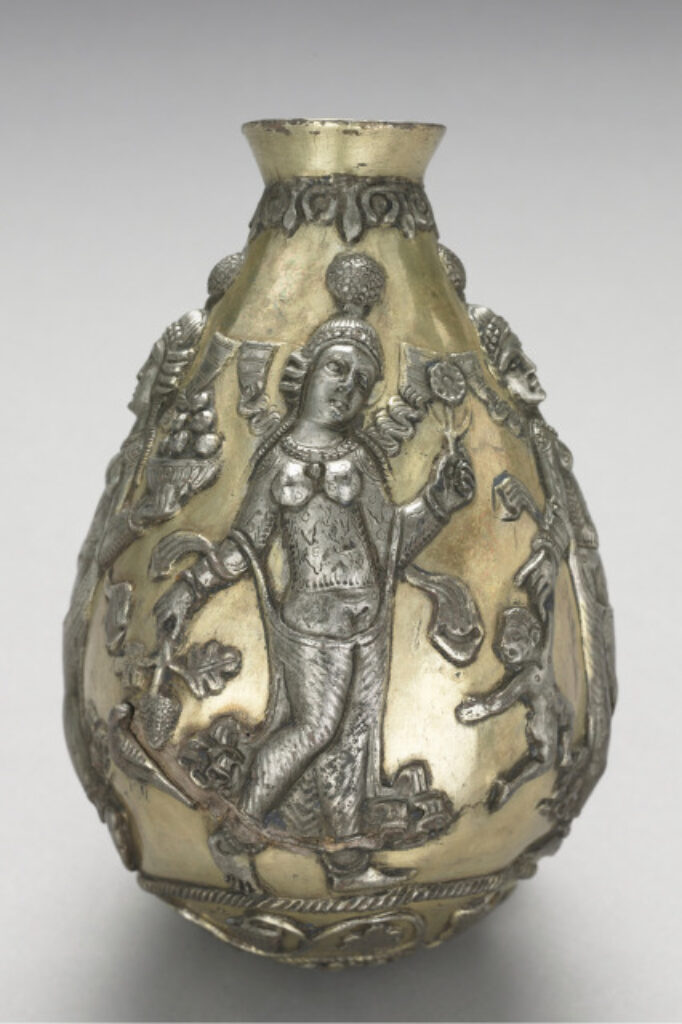
Hachiman (Japanese God)
Hachiman was a deity of war and archery in Japanese mythology. He was famous for sending the ‘divine wind’ or the ‘kamikaze’ which scattered the fleets of Kublai Khan, the Mongol Ruler who tried to invade Japan. For this and other acts, Hachiman is also known as the ‘protector of Japan’ and all the temples in the country.
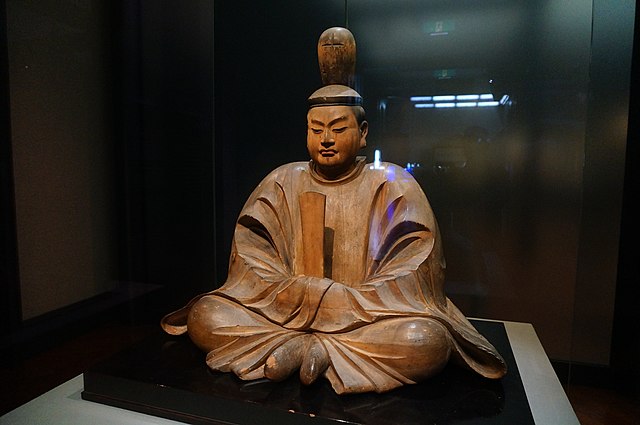
Hachiman was worshipped widely throughout Japan among the samurai as well as by the peasantry. There are now nearly 2,500 Shinto shrines dedicated to the god. His emblem is the ‘mitsudomoe’, a comma-shaped swirl with three heads that’s commonly used by many Samurai clans throughout Japan.
Montu (Egyptian God)
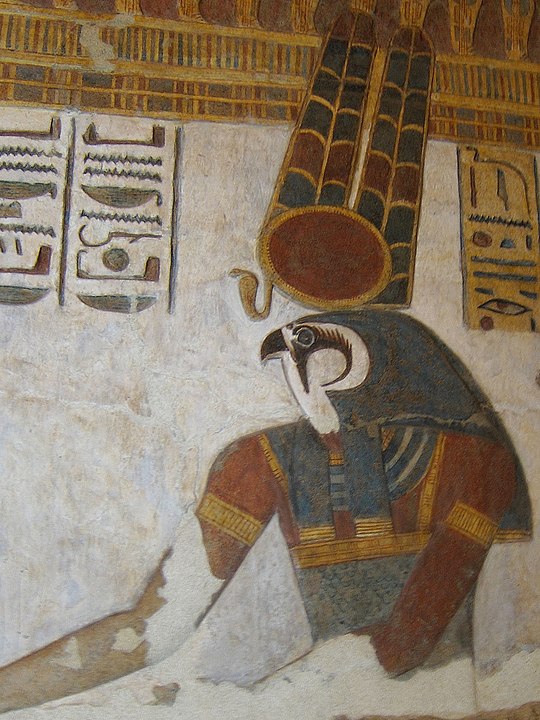
In ancient Egyptian religion, Montu was the powerful falcon-god of war. He’s often depicted as a man with the head of a falcon wearing a crown with two plums and a uraeus (a rearing cobra) on his forehead. He’s usually shown armed with a spear, but he used a wide variety of weapons. Montu was strongly associated with Ra as a sun god and was often called ‘Montu-Ra’. He was a widely revered god of war throughout Egypt but was specially worshipped in Upper Egypt and the city of Thebes.
Enyo (Greek Goddess)
In Greek mythology, Enyo was the daughter of Zeus and Hera and a minor goddess of war and destruction. She often accompanied her brother Ares into battle and loved watching fighting and bloodshed. When the city of Troy was sacked, Enyo inflicted bloodshed and terror with Eris, the goddess of strife and discord. She also often worked with Ares’ sons Deimos (the personification of dread) and Phobos (the personificaiton of fear). Like her brother, Enyo loved war and took delight in watching it.
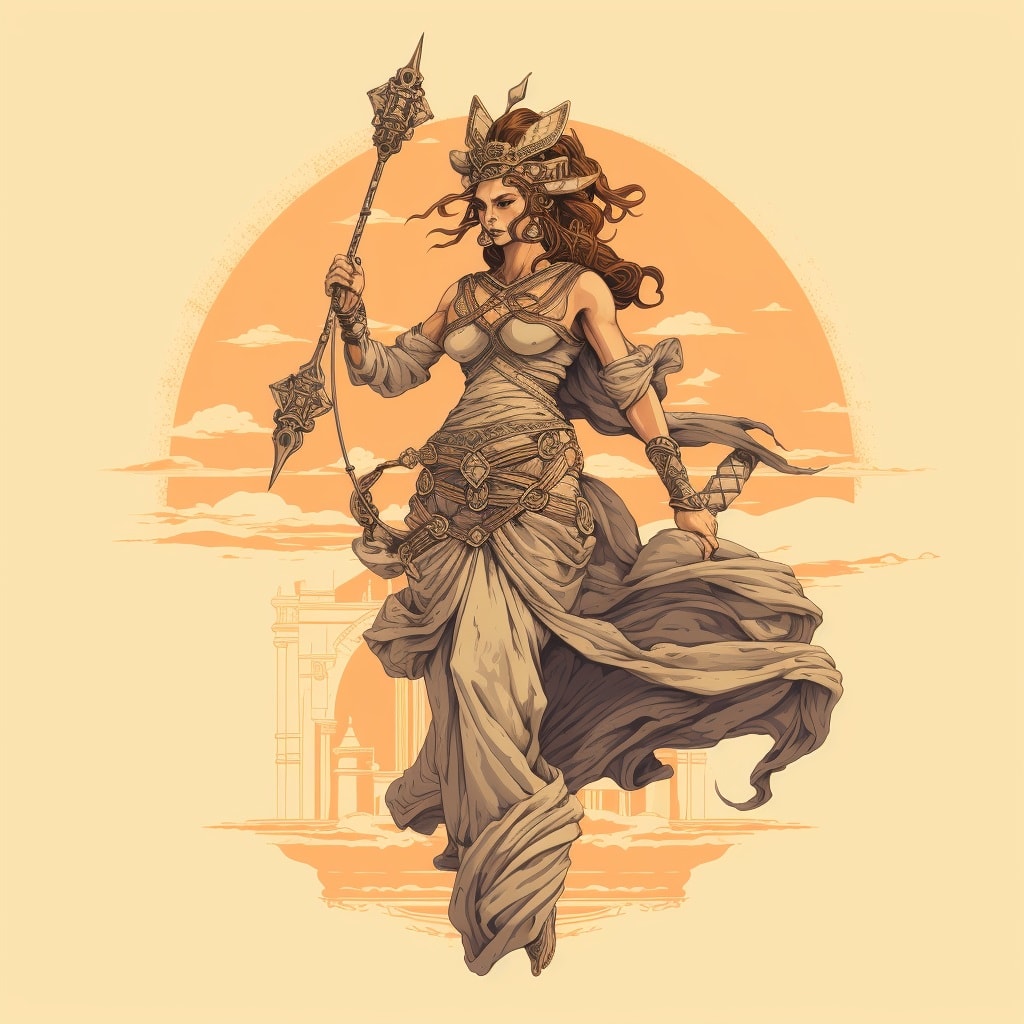
She also enjoyed helping her brother to plan attacks on cities, spreading terror as much as she could. Although she wasn’t a major goddess, she played a role in some of the greatest wars throughout the history of ancient Greece.
Satet (Egyptian Goddess)
Satet was the daughter of Ra, the ancient Egyptian sun god, and the goddess of war and archery. As a warrior goddess, Satet’s role was to protect the pharaoh and the southern Egyptian borders, but she also had many other roles to play. She was responsible for the innundation of the River Nile each year and also had other responsibilities as a funerary goddess.
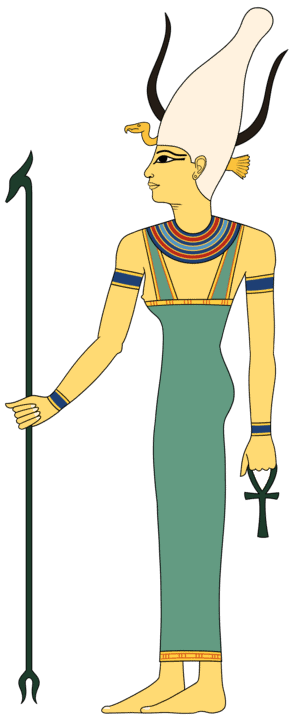
Satet is typically depicted as a young woman in a sheath gown, with an antelope’s horns and wearing the hedjet (conical Upper Egyptian crown). Sometimes, she’s depicted in the form of an antelope. She was a highly important goddess in Egyptian mythology because of the many roles and responsibilities she had.
Takeminakata (Japanese God)
In Japanese mythology, Takeminakata-no-Kami (also known as Suwa Myojin) was a god of hunting, agriculture, wind and warfare. He was an important character in the myths of the southern Honshu Island of Japan, and was known as one of the three major gods of war. He was also a protector of the Japanese religion.
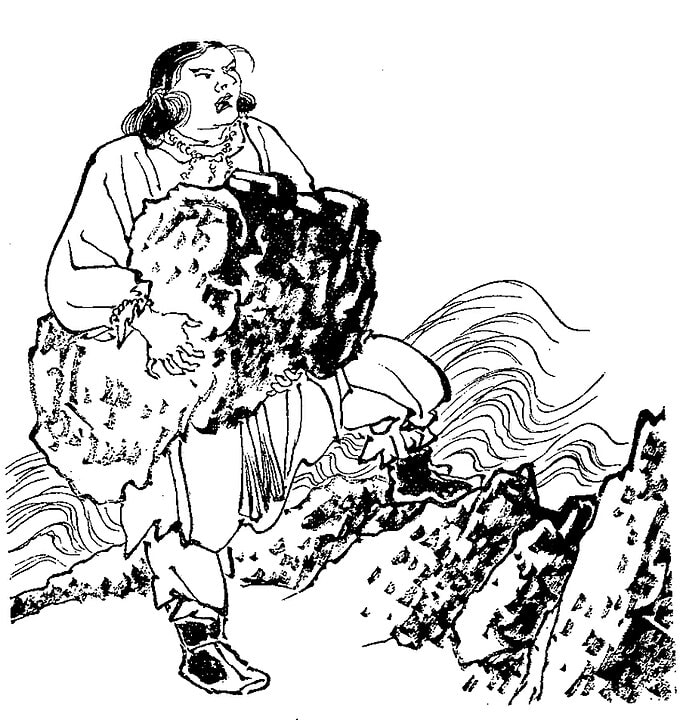
According to ancient sources, Takeminakata-no-Kami was the ancestor kami of several Japanese clans, especially the Miwa clan. This is why he’s mostly worshipped in the Suwa-taisha located in the Shinano Province.
Maru (Maori God)
Maru was a Maori war god, popularly known in southern New Zealand. He was the son of Rangihore, the god of stones and rocks) and grandson to Maui. Maru came from a time when cannibalism was the standard practice which is why he was also known as the ‘minor man-eating war god’.
Aside from his role as a war god, Maru was also a god of fresh water (including streams and rivers). His image was brought over to New Zealand by Haungaroa, chief Manaia’s daughter and since then he was worshipped as a war deity by the Polynesians.
Minerva (Roman Goddess)
In Roman mythology, Minerva (Greek euivalent Athena) was the goddess of strategic warfare and wisdom. Unlike Mars, the Roman equivalent of Ares, she wasn’t a patron of violence but only presided over defensive war. She was also the virgin goddess of medicine, poetry, music, commerce and crafts and is usually depicted with an owl, a symbol of her association with wisdom.
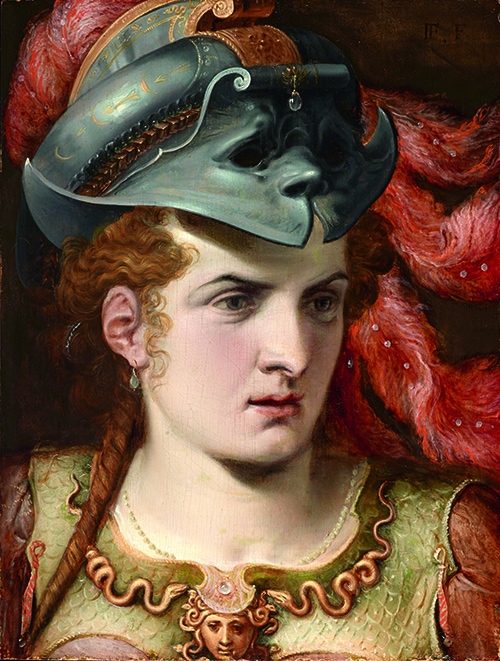
Minerva was a highly prominent deity in Roman mythology, appearing in many well-known myths such as the myth in which she cursed Medusa by turning her into a gorgon, protected Odysseus by changing his appearance several times and assisted the hero Heracles in slaying the Hydra. She was always revered as an important god in Roman mythology.
Odin (Norse God)
Son of Bor and Bestla, Odin was the great god of war, battle, death, healing and wisdom in Norse mythology. He was a widely revered Norse god famously known as the ‘All-Father’. Odin was the husband of Frigg, the Norse goddess of marriage, and the father of Thor, the famous god of thunder. Even today, Odin remains a prominent god among the Germanic peoples.
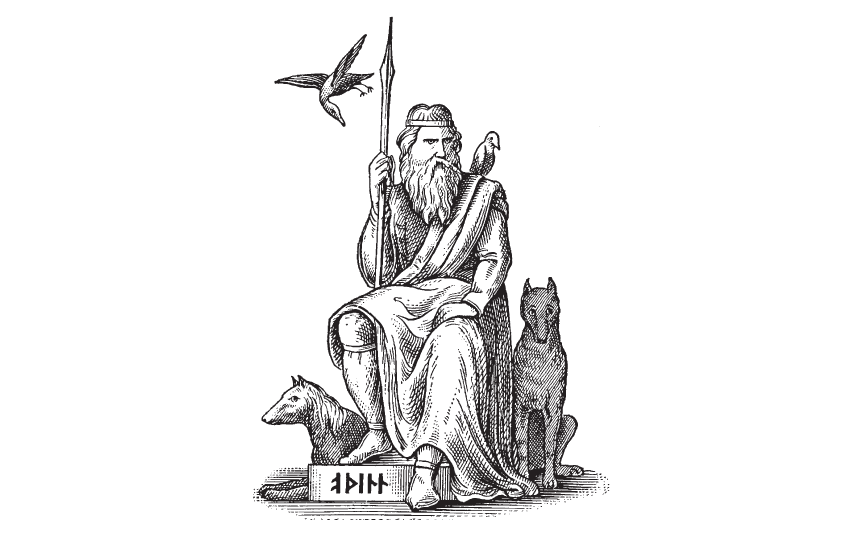
Odin presided over Valhalla, a glorious hall where slain warriors were taken to eat, drink and be merry until Ragnarok, the end of days event in Norse mythology, when they would side with Odin against the enemy. When warriors were killed in battle, Odin’s Valkyries would escort hald of them to Valhalla.
Inanna (Sumerian Goddess)
In Sumerian culture, Inanna was the personification of warfare, beauty, love, sexuality and political power. She was worshipped by the Sumerians and later the Akkadians, Assyrians and Babylonians. She was loved by many people and she had a large cult, with the Eanna temple in Uruk as its main center.
Inana’s most promiment symbols were the eight pointed star and the lion with which she was often depicted. She was married to Dumuzid, the ancient Mesopotamian god of the shepherds, and according to the ancient sources, she had no children. She was, however, an important deity in Sumerican mythology.
In Brief
Throughout history, war deities have played important roles in many mythologies and cultures around the world. Almost every mythology and religion in the world has single or multiple deities associated with war. In this article, we’ve listed some of the most well-known or important war gods representing several religions including Sumerian, Japanese, Greek, Maori, Roman, Persian, Norse, Celtic and Egyptian religions.





